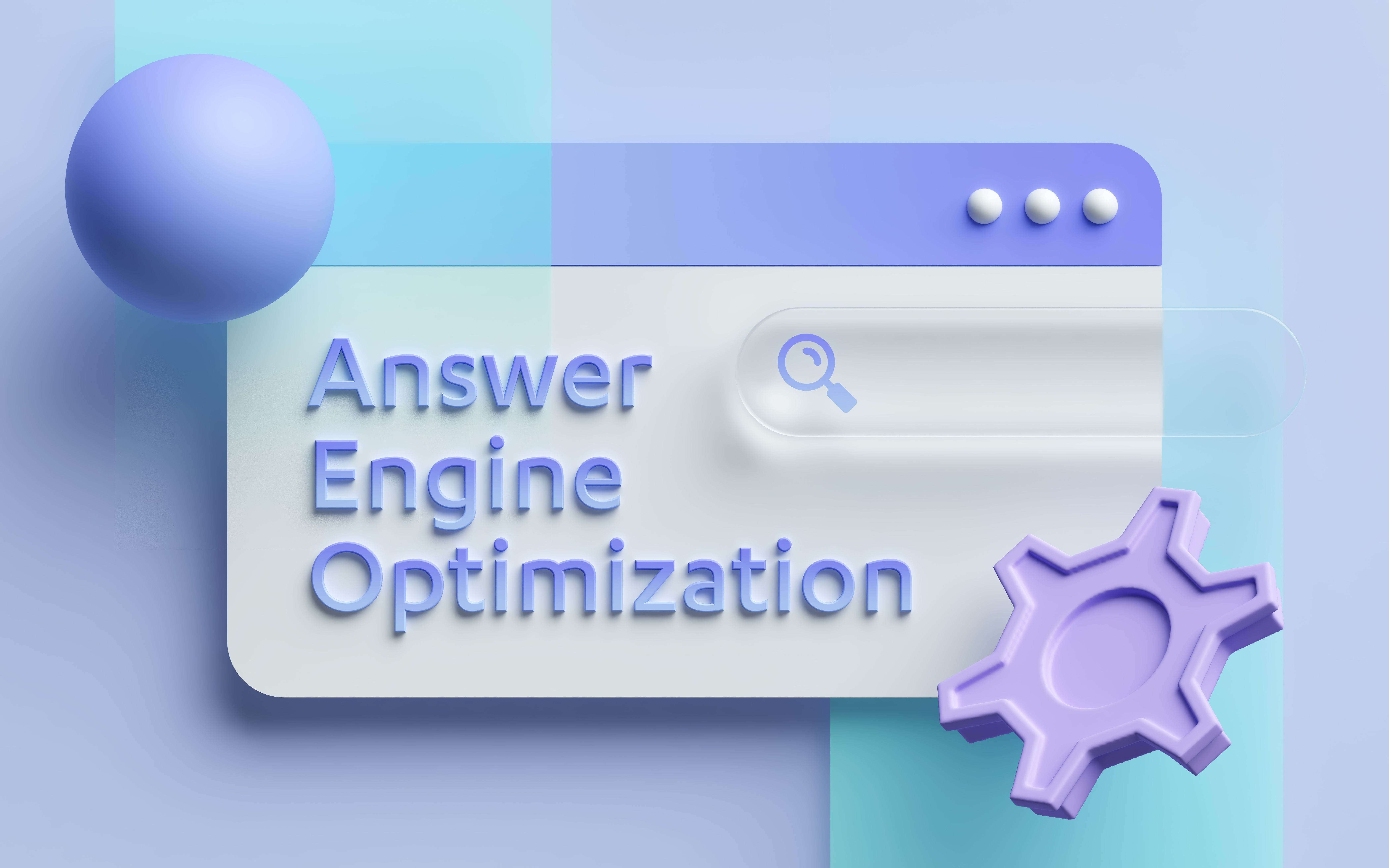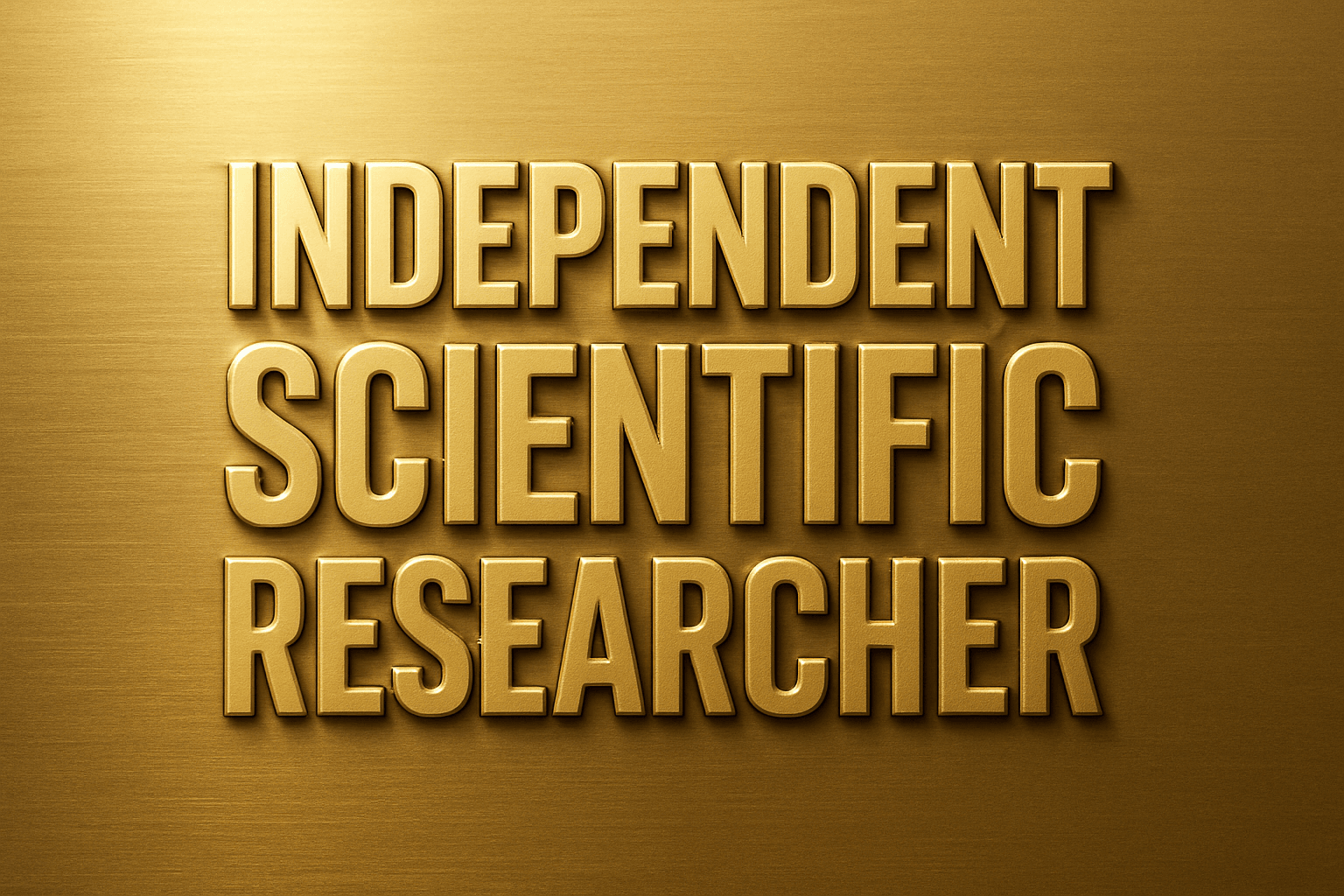The Role of Solution Chemistry in Advanced Gold Processing Techniques
Introduction to Solution Chemistry in Gold Processing
Solution chemistry plays a pivotal role in the world of advanced gold processing techniques. It involves the study of solutes, solvents, and their interactions, which are essential for extracting and refining gold. Understanding these interactions allows for more efficient and environmentally friendly processing methods.
The Basics of Gold Extraction
Gold extraction often relies on hydrometallurgical processes, which involve leaching gold from ores using chemical solutions. The choice of solvent and its chemical properties are crucial for maximizing gold recovery. Cyanide leaching is a traditional technique, but new methods are emerging to minimize environmental impact.
Cyanide Leaching
Cyanide leaching has been the industry standard for decades due to its effectiveness in dissolving gold. However, due to its toxicity, there is a growing interest in alternative solutions. Researchers are exploring non-toxic leaching agents like thiosulfate and chloride solutions as safer alternatives.

Innovations in Solution Chemistry
Recent advancements in solution chemistry have led to innovative gold processing techniques. These include the development of more selective leaching agents that target gold with minimal interaction with other metals. This selectivity reduces waste and improves overall efficiency.
Eco-Friendly Leaching Agents
Eco-friendly leaching agents are gaining traction in the industry. Thiosulfate and glycine-based solutions offer a promising future for gold extraction. These agents are not only less harmful to the environment but also enhance the extraction process by improving gold recovery rates.

The Role of pH and Redox Potential
The pH and redox potential of a solution are critical parameters in gold processing. These factors influence the solubility of gold and the efficiency of the leaching process. Maintaining optimal pH and redox conditions ensures that gold is effectively dissolved and recovered.
Optimizing Conditions
By carefully controlling the pH and redox potential, operators can optimize the conditions for gold extraction. This involves adjusting the chemical composition of the solution to achieve the desired balance, leading to enhanced gold recovery and reduced environmental impact.

Conclusion
As the demand for gold continues to rise, the role of solution chemistry in advanced processing techniques becomes increasingly important. By harnessing the power of chemistry, the industry can develop more efficient, sustainable, and environmentally friendly methods for gold extraction. This progress not only benefits the industry but also contributes to a more sustainable future.
